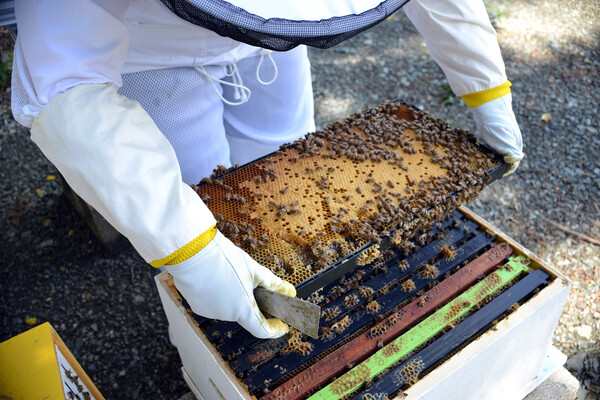
Image: Kindamorphic via Getty Images
PHILADELPHIA -- A three-year study evaluating primary-care pediatric practices has found that about two-thirds of children may be improperly measured, possibly leading to the misdiagnosis of growth disorders.
"Parents look to the growth of their infants and children as one of the leading indicators of their child's health," said Terri Lipman, a University of Pennsylvania School of Nursing professor and one of the study's co-principal investigators. "Yet, our study found that due to improper technique and inappropriate equipment, many children are improperly measured."
Lipman and co-principal investigator Karen Hench, president of the Pediatric Endocrinology Nursing Society, found measurements were off by as much as 12 centimeters, or more than 4.5 inches.
"While further research needs to be done, we found children are measured with inaccurate equipment and incorrect technique which yield imprecise measurements," Lipman said. "The implications of that could be that these are children who have growth problems that are unrecognized or are inappropriately referred to specialists when no problem exists."
The $300,000 three-year study funded by the Genentech Foundation for Growth and Development. The Pediatric Endocrinology Nursing Society reviewed the measurement of 660 children in primary-care practices in Albany, Galveston, Miami, New Orleans, Philadelphia, Providence, St. Louis and St. Petersburg with pediatric endocrine nurses as site coordinators.
The researchers reviewed linear measurements of children and found only 30 percent of children were measured precisely. After training measurers in proper technique and introducing proper equipment, the researchers found the numbers of children measured correctly rose to 54 percent.
"Using proper technique and equipment holds the potential for more rapid detection and accurate diagnosis of growth disorders in children," Hench said.
Healthy children grow about 2.5 inches each year. To ensure that children are measured properly, there should be a stable, wall-mounted device with a headplate with a fixed right angle. Children should stand without shoes with their back, buttocks and heels flat against a hard surface. Their heels should be pressed together, their eyes looking straight ahead. Toddlers and infants (those 2 and younger) should be measured on a length board.
Joy McIntyre

Image: Kindamorphic via Getty Images

nocred

nocred

(From left) Kevin B. Mahoney, chief executive officer of the University of Pennsylvania Health System; Penn President J. Larry Jameson; Jonathan A. Epstein, dean of the Perelman School of Medicine (PSOM); and E. Michael Ostap, senior vice dean and chief scientific officer at PSOM, at the ribbon cutting at 3600 Civic Center Boulevard.
nocred